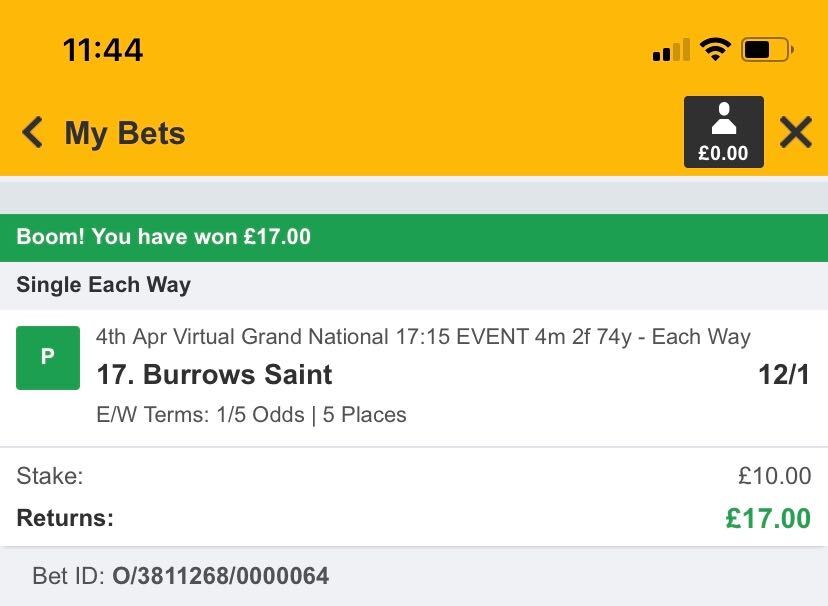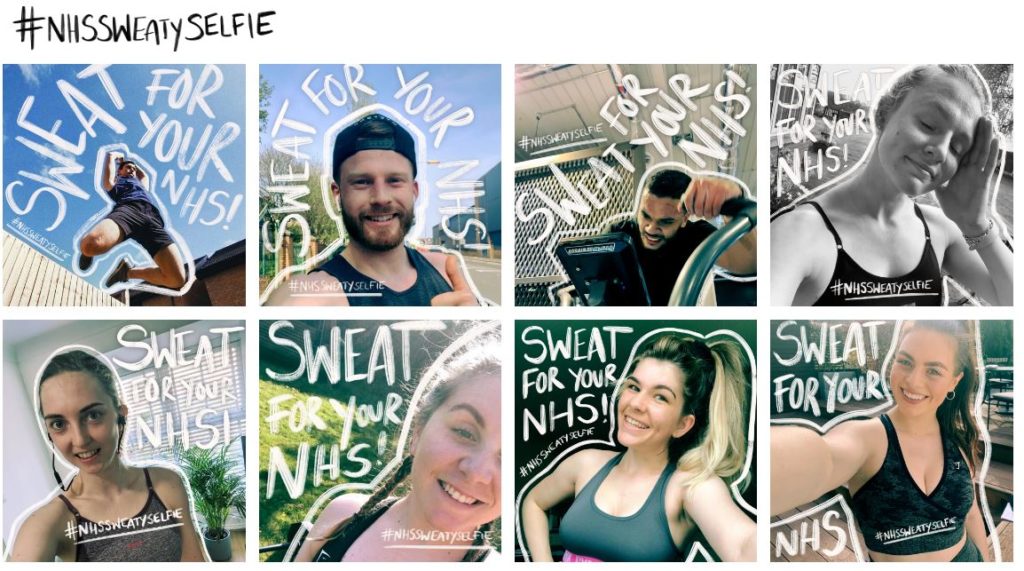Estimated Reading Time [est_time]
It’s no surprise that search trends have shifted since the enforced lockdown began, and businesses have had to adapt their business strategies, both offline and online.
Paid advertising offers countless opportunities to target your audience, whether that’s through search or social media. However, in the current climate, it’s understandable that many businesses have pulled back on their paid advertising and where possible, are instead using this time to create new content or perhaps focus on enhancing their brand messaging.
It’s important that you update your online business presence to keep your customers/clients informed – but above all, you need to keep your brand name out there.
While it’s a challenging time for many, there are still ways that you can effectively market your business when nobody is buying, ensuring that your target audience doesn’t forget about you.
With that in mind, we’ve pulled together some examples of brands that are embracing the current climate – whether that is from raising brand awareness through viral challenges or bringing people together virtually.
Drake – Toosie Slide
Canadian rapper Drake spent some of his time in lockdown releasing his latest single, with the video showing him dancing around his incredible home.
Being coined as the ‘modern day cha-cha slide’, the #ToosieSlide hashtag quickly went viral, hitting 1 billion views in just two days on TikTok – the fastest trend to do so – and had everyone from Justin Bieber to Ashley Banjo taking part in the challenge.
@justinbieber♬ Toosie Slide – Drake
Drake was hailed a ‘marketing genius’ following the release, the hashtag has now hit over 4 billion views on TikTok, and the song went straight to number one on the Billboard Hot 100.
#dalgonachallenge
Up until a few weeks ago, you more than likely hadn’t heard of dalgona coffee. The drink, originating from South Korea, isn’t a new concept, but with many people not able to get their regular coffee-to-go fix from Starbucks or the like, it’s no surprise that this challenge has done the rounds.
The dalgona coffee challenge has spread across social media platforms like wildfire, in particular on TikTok with the hashtag racking up over 270 million views as I write this, while other hashtags such as #makingdalgonacoffee and #howtodalgonacoffee have millions of views between them. Of course, there have been some failures along the way..
@daisukebotakCara EKSTRIM membuat DALGONA COFFEE ☕️ Ayo teman2 juga coba ???????????? ##dalgona ##dalgonacoffee ##dalgonacoffe ##dalgonacoffeechallenge ##dalgonachallenge♬ オリジナル楽曲 – Daisuke Botak
While dalgona isn’t actually a brand but instead the name given to the honeycomb style drink, this shows just how easily a challenge can go viral, and perhaps it could be argued that coffee brands missed a trick by not jumping on the trend with their own variations.
London Fashion Week
With masses of events having been cancelled or postponed globally, it was no surprise that the fashion world would also have to cancel or adapt to the current situation.
The British Fashion Council made the decision to evolve their show schedule, merging both the womens and mens fashion weeks to produce one entirely digital showcase. The format will include various media formats from podcasts and webinars to digital showrooms and designer diaries, accessible for both trade and consumer audiences. While this is a first for London Fashion Week, it’s already been adopted by both Shanghai and Moscow.
“The digital platform will relaunch and be for both trade and consumer audiences; embracing the cultural commentary, creativity and humorous spirit for which British fashion and London are known for.”
As a previous fashion week attendee, I’m looking forward to seeing how this new format will work, and whether this will result in a permanent change for the fashion calendars in future.
Virtual Grand National
Of course the real Grand National couldn’t go ahead, however the ‘virtual grand national’ instead took place, using CGI graphics and algorithms to see the annual race go ahead.
The virtual race had taken place since 2017 and had “a good record of forecasting the winner”, so was broadcasted this year in a bid to cheer the nation up. Bookies were still taking bets at £10 maximum, with all proceeds going to NHS Charities Together.
Almost 5 million people tuned in to watch the virtual Aintree race, with Potters Corner taking the victory. I couldn’t resist placing a bet on Burrows Saint, coming in fifth place.

Gymshark
With daily exercise still being encouraged where safely possible, the online gym wear retailer has kept firmly on our radar during the lockdown in more ways than one.
Firstly – they changed their Twitter name from Gymshark to Homeshark – a lightly humorous yet pertinent reminder that people need to stay home.
we changed our name to homeshark, cause some of you needed reminding to stay home
— Homeshark (@Gymshark) March 27, 2020
Secondly – they’re encouraging their audience to ’sweat for the nhs’, sharing their sweaty selfies from their workout regimes. For every selfie uploaded by the end of April, Gymshark is donating £5, with the aim of donating £175,000.
Not only is this helping to raise vital funds for the NHS and encouraging users to stay healthy and exercise, it’s also expanding their brand signalling through user-generated content.

Nike – Play For The World
With exercise restricted, Nike has introduced multiple ways for their audience to stay connected and access the resources required to stay active indoors.
One example of this is the Living Room Cup, which saw Cristiano Ronaldo invite users to beat his core crusher record.
Thousands of people got involved including both professional and non-professional athletes, with some even beating Cristiano’s record.
Each video from a professional athlete tags in the next challenge – from Ronaldo to Italian fencer Beatrice Vio, onto Leroy Sane and Dina Asher-Smith. Similarly to Gymshark, this is not only encouraging users to continue to be active but is creating a fun and competitive environment where users can connect virtually.
Staying active online
While these examples are generally from well-known brands, there is one key consistent between them – staying active online.
It’s imperative that your brand is still maintaining an online presence for your audience to find you. That might be through creating new content for your website, continued regular posting on your social channels or keeping your clients updated through email communication.
Whatever it is, make sure your audience doesn’t forget about you. They may not be looking right now, but when they are, you want to be front of mind.
For more information on adapting your online strategy, get in touch with the team.







